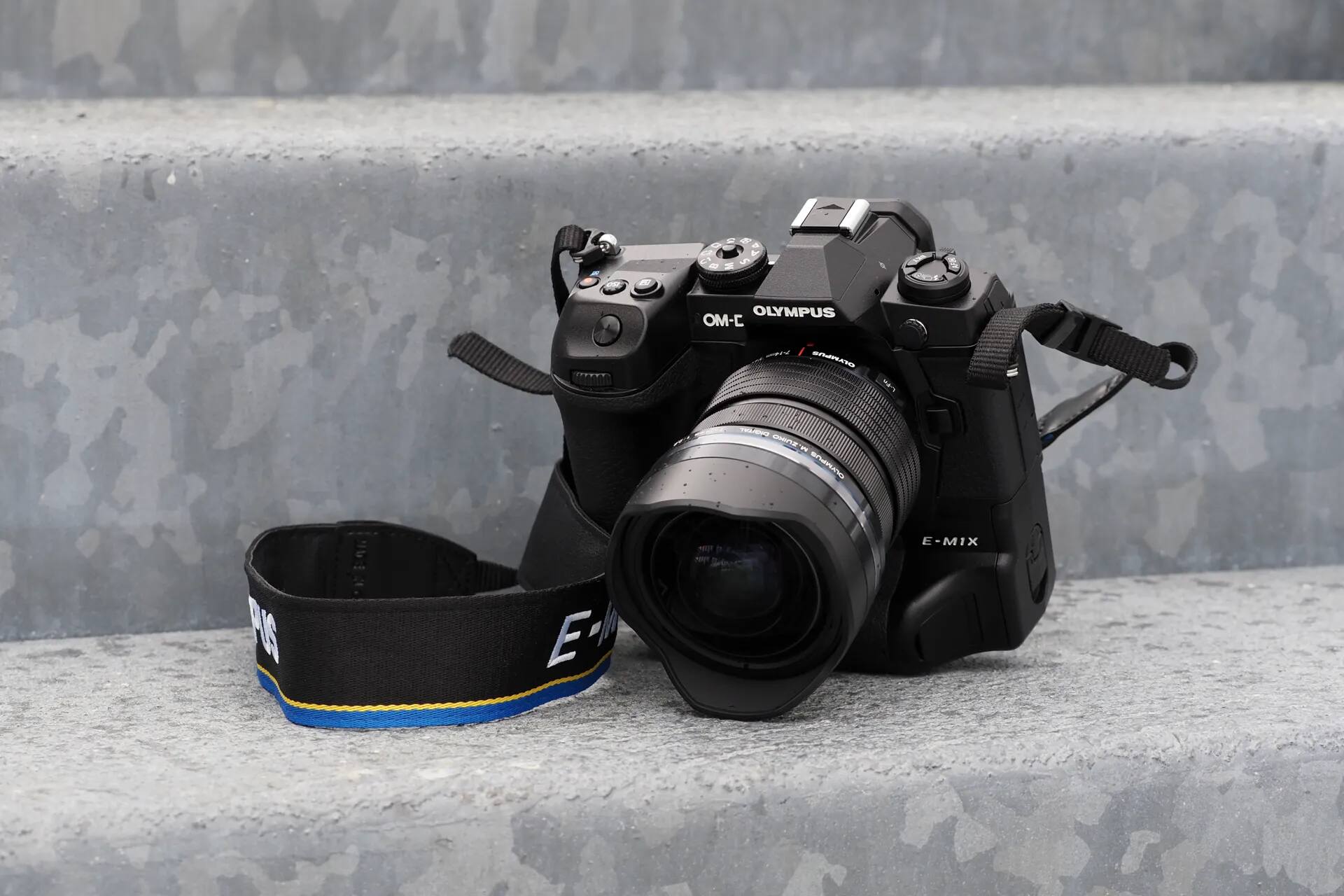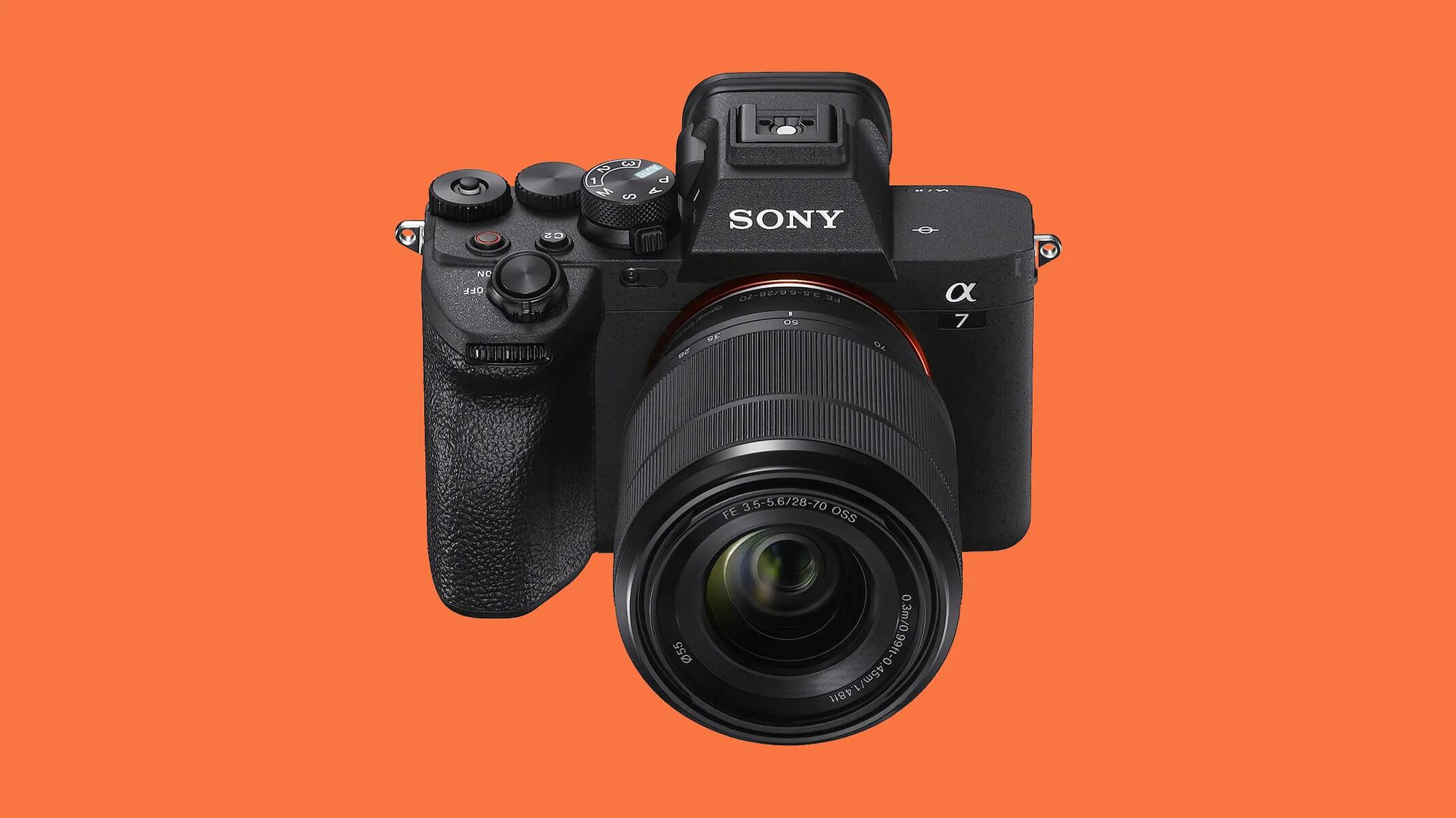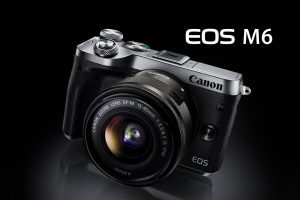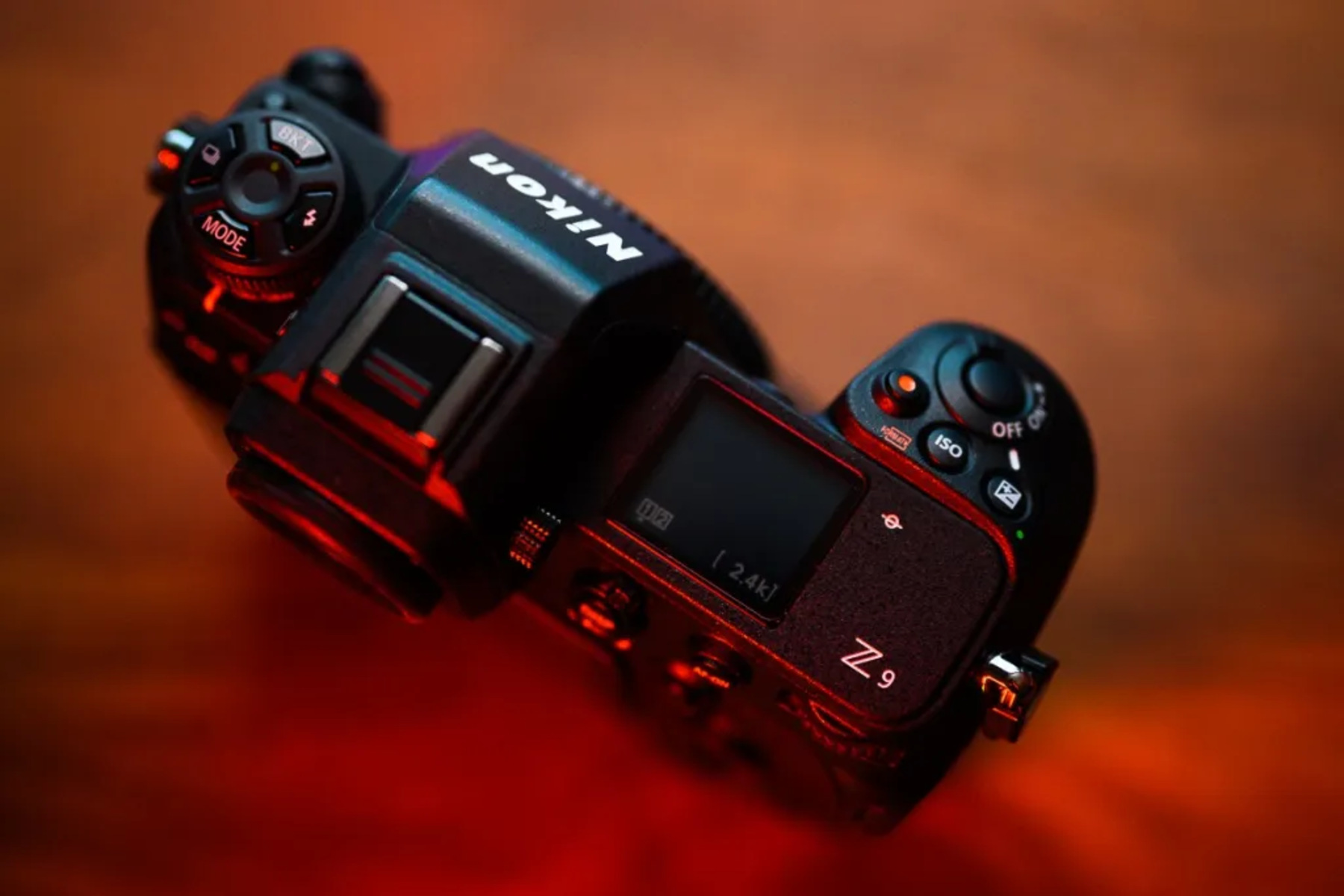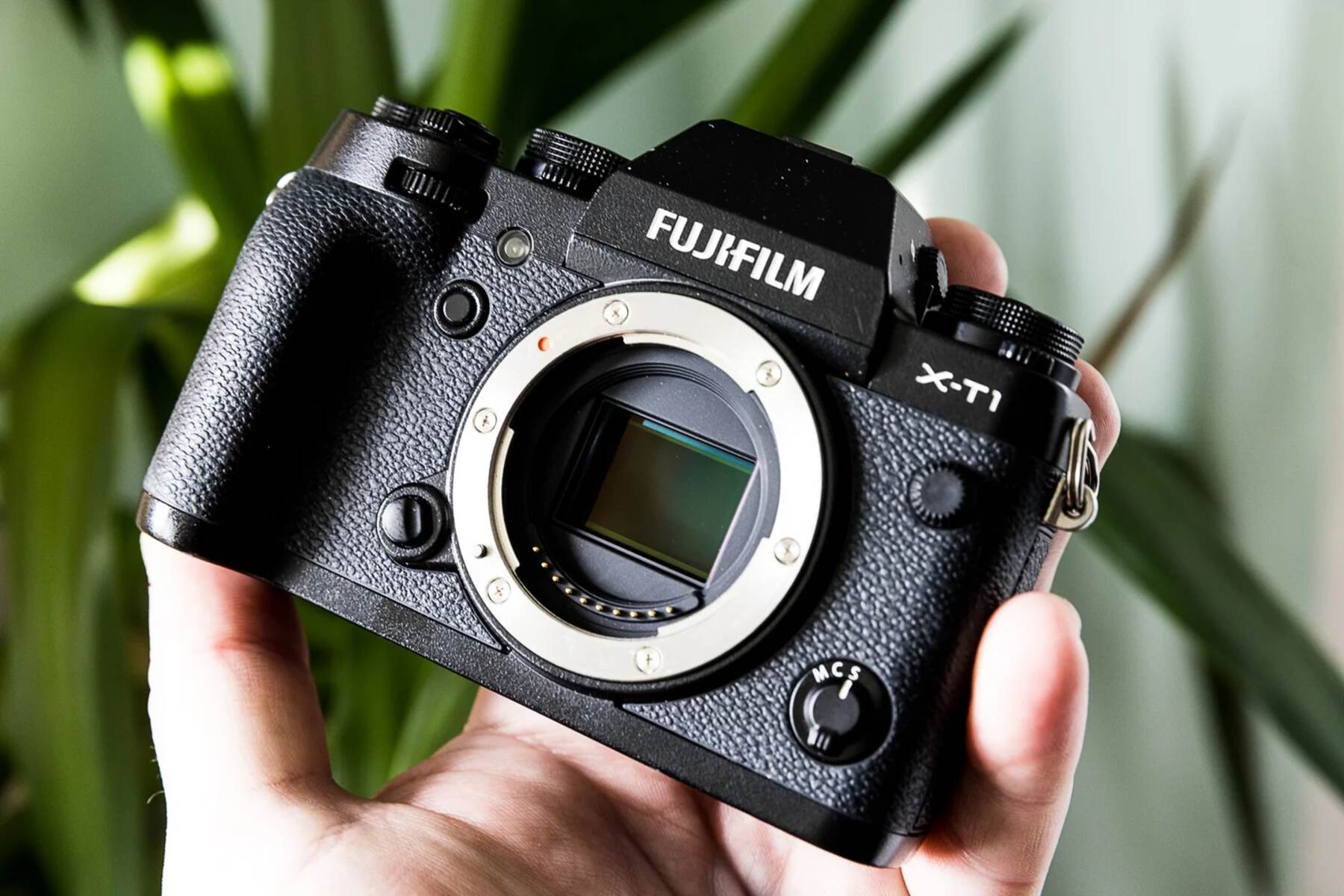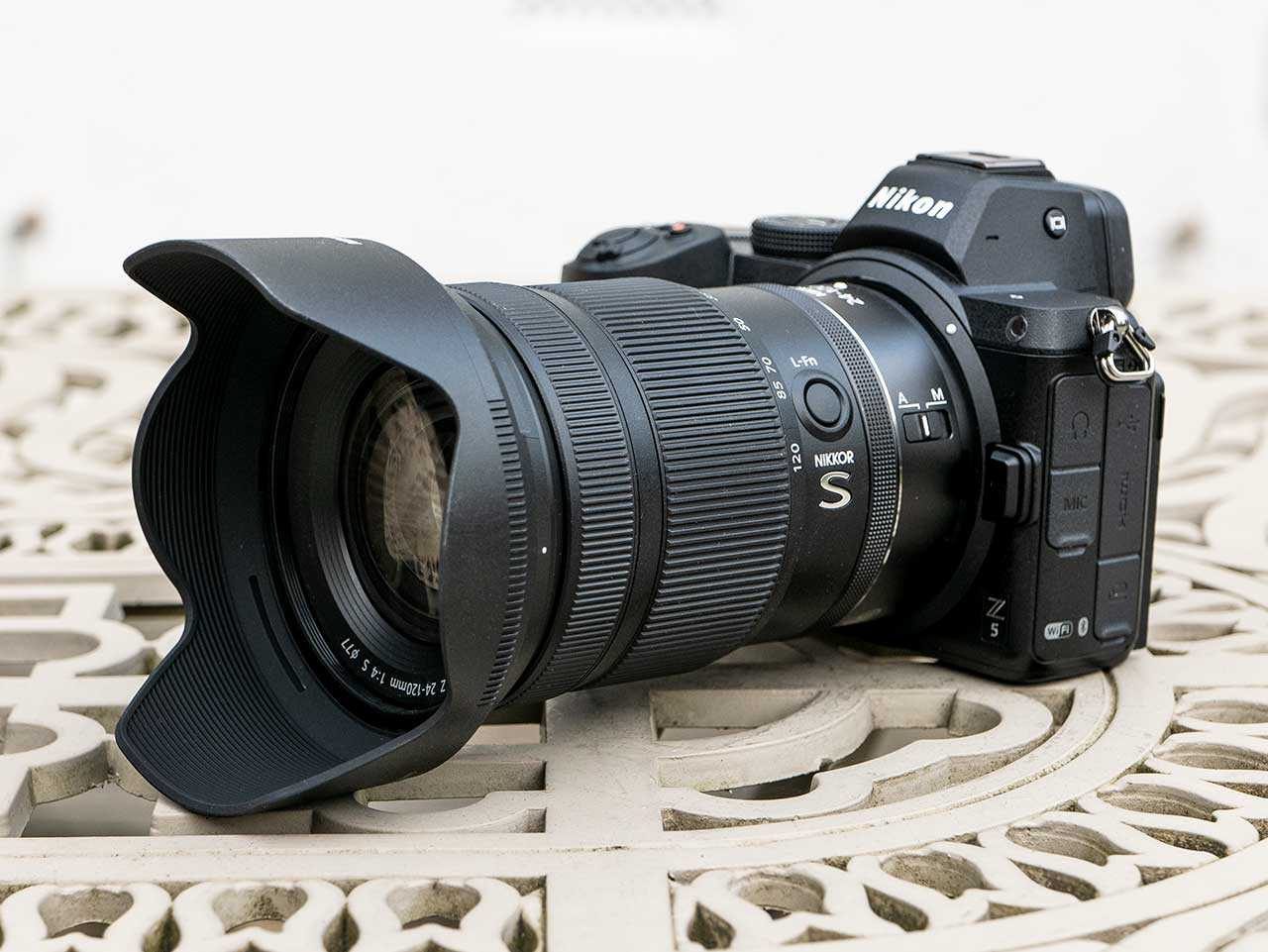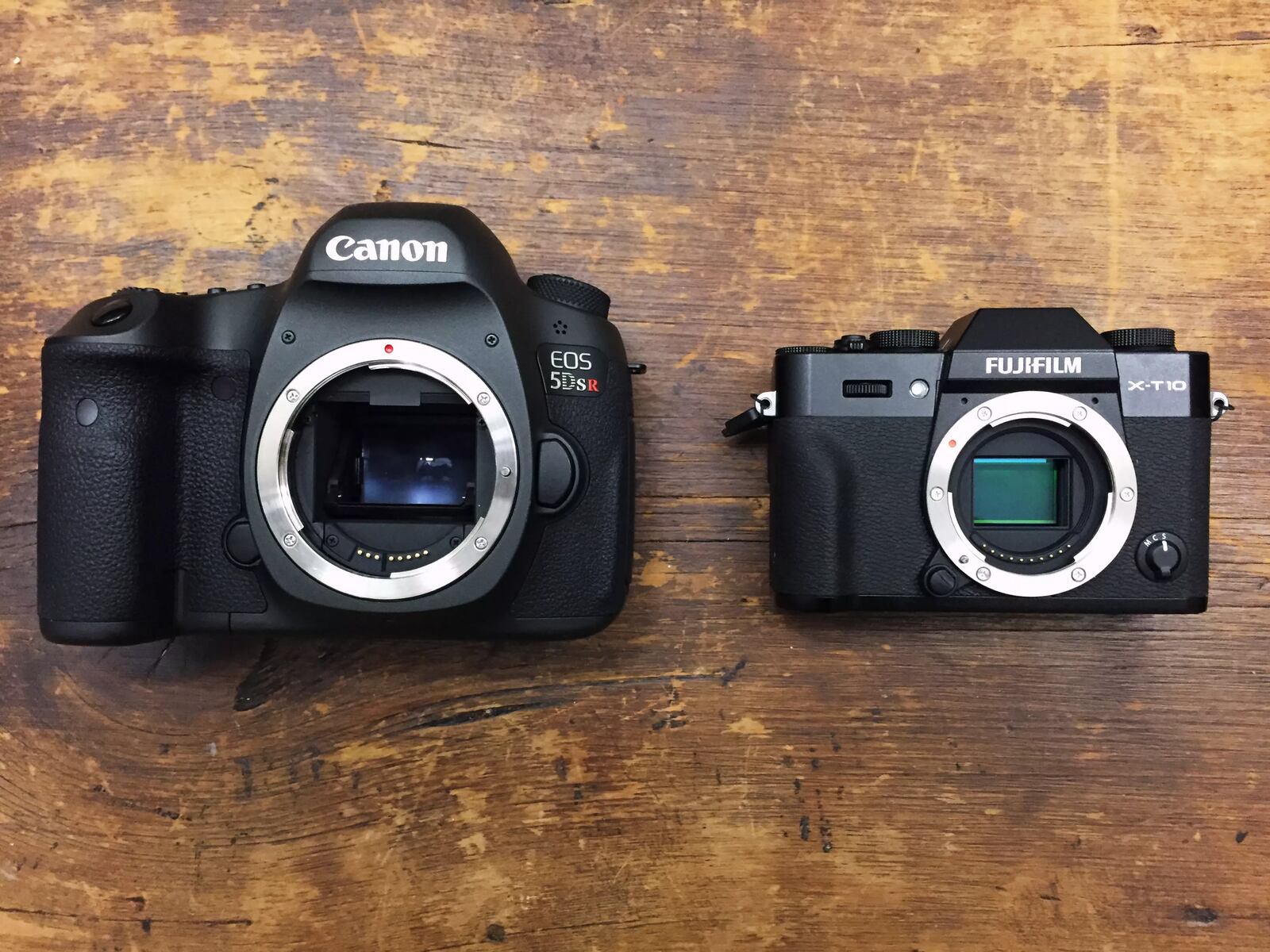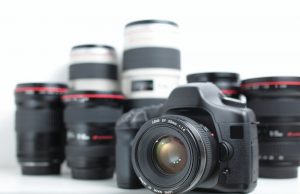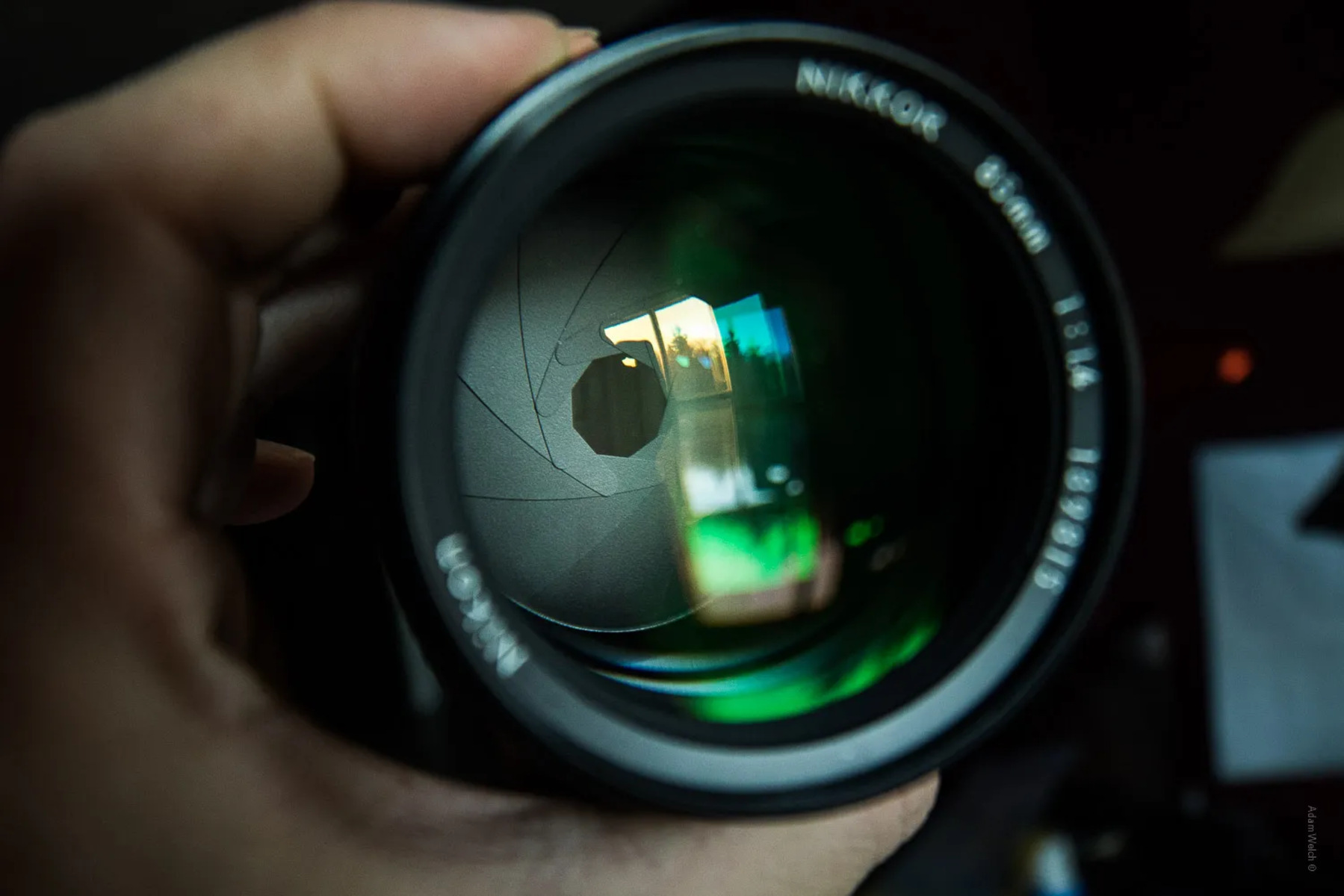Introduction
Mirrorless cameras have revolutionized the world of photography, offering a more compact and lightweight alternative to traditional DSLR cameras. However, despite their compact size, one common question that often arises is, "Why do mirrorless cameras weigh so much?" This question may seem paradoxical given the primary selling point of mirrorless cameras—their portability. In this article, we will delve into the intricacies of mirrorless camera technology to understand the factors contributing to their weight.
The weight of mirrorless cameras is a topic of interest for both photography enthusiasts and professionals. While these cameras are generally lighter and more portable than their DSLR counterparts, they still possess a substantial heft compared to compact point-and-shoot cameras or smartphone cameras. To comprehend the reasons behind the weight of mirrorless cameras, it is essential to explore their evolution, the components that comprise them, and the influence of technological advancements.
As we embark on this exploration, it is crucial to keep in mind that the weight of mirrorless cameras is not solely a drawback. The components and technologies responsible for their weight play a pivotal role in delivering high-quality images, superior performance, and versatile functionality. By understanding the underlying reasons for their weight, we can gain a deeper appreciation for the engineering marvel that mirrorless cameras represent.
In the subsequent sections, we will unravel the evolution of mirrorless cameras, examine the intricate components that contribute to their weight, and analyze the impact of technological advancements on their design and performance. Through this exploration, we aim to provide a comprehensive understanding of why mirrorless cameras weigh as much as they do, shedding light on the intricacies of these remarkable devices.
The Evolution of Mirrorless Cameras
The emergence of mirrorless cameras marked a significant milestone in the evolution of photography technology. The concept of mirrorless cameras traces back to the early 2000s, with the initial models introduced as compact alternatives to bulkier DSLR cameras. The primary innovation that set mirrorless cameras apart from their DSLR counterparts was the elimination of the traditional mirror and optical viewfinder, leading to a more streamlined and portable design.
One of the key driving forces behind the development of mirrorless cameras was the pursuit of enhanced portability without compromising image quality. As technology advanced, camera manufacturers sought to create a new breed of cameras that could deliver exceptional performance while catering to the growing demand for compact, travel-friendly devices. The evolution of mirrorless cameras witnessed a convergence of cutting-edge sensor technology, advanced image processors, and compact yet high-quality interchangeable lenses.
Early mirrorless camera models faced certain limitations, including slower autofocus performance and a narrower selection of lenses compared to DSLRs. However, rapid advancements in sensor technology, autofocus systems, and lens offerings gradually addressed these shortcomings, propelling mirrorless cameras into the spotlight as formidable contenders in the photography industry. The evolution of mirrorless cameras has been characterized by a relentless pursuit of innovation, resulting in increasingly sophisticated features and capabilities.
One notable aspect of the evolution of mirrorless cameras is the convergence of professional-grade performance with compact form factors. As camera manufacturers refined their mirrorless offerings, they began to cater to the needs of professional photographers and videographers, incorporating advanced features such as high-resolution electronic viewfinders, in-body image stabilization, and robust weather-sealed construction. This evolution positioned mirrorless cameras as versatile tools capable of meeting the demands of diverse photography genres, from landscape and portrait photography to action sports and videography.
Furthermore, the evolution of mirrorless cameras has been intertwined with the rise of mirrorless-specific lens ecosystems, encompassing a diverse array of focal lengths, apertures, and optical designs. The availability of high-quality lenses tailored for mirrorless systems has bolstered the appeal of these cameras, offering photographers an extensive selection of optics to suit their creative vision.
As we delve deeper into the components and technological advancements that define modern mirrorless cameras, it becomes evident that their evolution has been shaped by a relentless pursuit of innovation, portability, and uncompromising performance. The next section will unravel the intricate components that contribute to the weight of mirrorless cameras, providing insights into the engineering marvels that underpin these remarkable devices.
The Components of Mirrorless Cameras
Understanding the weight of mirrorless cameras necessitates a closer examination of the intricate components that comprise these advanced imaging devices. Unlike traditional DSLR cameras, which feature a complex internal mirror and optical viewfinder system, mirrorless cameras boast a more streamlined architecture that encompasses several key components contributing to their overall weight.
1. Image Sensor: At the heart of every mirrorless camera lies the image sensor, a crucial component responsible for capturing light and converting it into digital signals to produce images. The size and quality of the image sensor significantly influence the camera’s performance, low-light capabilities, and overall image quality. Mirrorless cameras often feature larger sensors, such as APS-C or full-frame sensors, which contribute to their weight compared to compact point-and-shoot cameras with smaller sensors.
2. Electronic Viewfinder (EVF) or LCD Screen: Mirrorless cameras are equipped with either an electronic viewfinder or a rear LCD screen, both of which play a vital role in composing and reviewing images. The electronic viewfinder, in particular, comprises intricate optics and high-resolution displays, adding to the overall weight of the camera. Additionally, the inclusion of a tilting or articulating LCD screen for flexible shooting angles contributes to the camera’s weight.
3. Image Stabilization Mechanism: Many modern mirrorless cameras incorporate sophisticated in-body image stabilization (IBIS) systems or optical image stabilization (OIS) in select lenses. These stabilization mechanisms, designed to counteract camera shake and reduce blur in images and videos, involve intricate gyroscopic components and actuators, adding to the overall weight of the camera body or lens.
4. Weather Sealing and Durability: To cater to the needs of professional photographers and enthusiasts alike, mirrorless cameras often feature robust weather-sealed construction to withstand challenging environmental conditions. The incorporation of seals, gaskets, and durable materials adds to the overall weight of the camera, ensuring reliability in various shooting scenarios.
5. High-Quality Optics: Interchangeable lenses are integral to the versatility and imaging capabilities of mirrorless cameras. The construction of high-quality lenses with precision-engineered optics, durable metal or composite materials, and advanced autofocus motors contributes to the weight of the overall camera system. Additionally, the availability of a diverse range of lenses tailored for specific photography genres further enhances the appeal of mirrorless systems, albeit with a corresponding increase in weight.
By dissecting the key components of mirrorless cameras, it becomes evident that their weight is a result of the intricate blend of advanced technologies, high-quality materials, and versatile features. The next section will delve into the impact of technological advancements on the design and performance of mirrorless cameras, shedding light on the innovations that have redefined the photography landscape.
The Impact of Technology
The relentless march of technological advancements has exerted a profound influence on the design, functionality, and performance of mirrorless cameras, shaping them into versatile imaging tools with a myriad of capabilities. The integration of cutting-edge technologies has not only contributed to the evolution of mirrorless cameras but has also played a pivotal role in determining their weight and overall form factor.
1. Sensor and Processor Innovations: Technological strides in sensor design and image processing have propelled mirrorless cameras to deliver exceptional image quality, dynamic range, and low-light performance. The adoption of advanced sensor technologies, including back-illuminated sensors, stacked sensor designs, and high-resolution variants, has enhanced the imaging capabilities of mirrorless cameras, albeit with a proportional increase in weight due to the larger sensor sizes and intricate processing circuitry.
2. Autofocus Systems: The integration of sophisticated autofocus systems, such as phase-detection and contrast-detection hybrid systems, has empowered mirrorless cameras with swift and precise focusing capabilities, particularly beneficial for capturing fast-moving subjects and ensuring sharpness in diverse shooting conditions. The inclusion of complex autofocus mechanisms and dedicated processing units contributes to the overall weight of the camera body and lenses.
3. Electronic Viewfinders and Displays: The advent of high-resolution electronic viewfinders (EVFs) with rapid refresh rates and expansive coverage has elevated the shooting experience for photographers, offering a lifelike preview of scenes and facilitating precise composition. Additionally, the incorporation of advanced LCD screens with touch functionality and intuitive menu interfaces adds to the overall weight of mirrorless cameras, albeit enhancing user interaction and visual feedback.
4. Video Capabilities and Stabilization: The demand for mirrorless cameras as versatile multimedia tools has driven the integration of advanced video recording features, including high-resolution 4K and even 8K video capture. To complement these capabilities, many mirrorless cameras incorporate robust in-body image stabilization (IBIS) systems and electronic stabilization algorithms, contributing to the weight of the camera body while delivering steady footage and enhanced low-light performance.
5. Connectivity and Wireless Technologies: Modern mirrorless cameras are equipped with seamless connectivity options, including built-in Wi-Fi, Bluetooth, and NFC capabilities, enabling wireless image transfer, remote camera control, and seamless integration with mobile devices and cloud services. The integration of these wireless technologies, along with the requisite antennas and circuitry, adds to the overall weight of the camera while enhancing its versatility and connectivity.
As we unravel the impact of technology on mirrorless cameras, it becomes evident that their weight is a reflection of the intricate amalgamation of advanced technologies, precision engineering, and versatile features. The next section will encapsulate the insights gleaned from our exploration, providing a holistic understanding of why mirrorless cameras weigh as much as they do, and the remarkable capabilities that justify their heft.
Conclusion
Exploring the question of why mirrorless cameras weigh as much as they do has provided valuable insights into the multifaceted nature of these innovative imaging devices. The evolution of mirrorless cameras has been characterized by a relentless pursuit of portability, uncompromising performance, and versatile functionality, culminating in a delicate balance of form and function.
From the early stages of their development to the present day, mirrorless cameras have undergone a remarkable transformation, driven by advancements in sensor technology, autofocus systems, image stabilization, and connectivity options. The weight of mirrorless cameras is a testament to the intricate blend of advanced components, high-quality materials, and cutting-edge technologies that define their capabilities.
By dissecting the key components of mirrorless cameras, including the image sensor, electronic viewfinder, image stabilization mechanisms, weather sealing, and high-quality optics, we have gained a deeper understanding of the factors contributing to their weight. The integration of these components, while adding to the overall heft of mirrorless cameras, is instrumental in delivering superior image quality, swift performance, and adaptability across various photography genres.
Furthermore, the impact of technology on mirrorless cameras has been profound, shaping their design, functionality, and performance. Technological innovations in sensor and processor design, autofocus systems, electronic viewfinders, video capabilities, and wireless connectivity have elevated the capabilities of mirrorless cameras, albeit with a proportional increase in weight due to the intricate circuitry, optics, and mechanisms involved.
While the weight of mirrorless cameras may pose a consideration for some photographers, it is essential to recognize that this weight is a reflection of the advanced technologies and high-quality components that underpin their imaging prowess. The weight of mirrorless cameras is not merely a physical attribute but a testament to the engineering marvels and capabilities packed within their compact frames.
In conclusion, the weight of mirrorless cameras is a byproduct of their relentless pursuit of innovation, uncompromising performance, and adaptability. As technology continues to advance and camera manufacturers refine their offerings, the weight of mirrorless cameras may undergo further optimization, striking an even finer balance between portability and performance. Ultimately, the weight of mirrorless cameras is a testament to the remarkable capabilities encapsulated within these compact yet powerful imaging tools.







